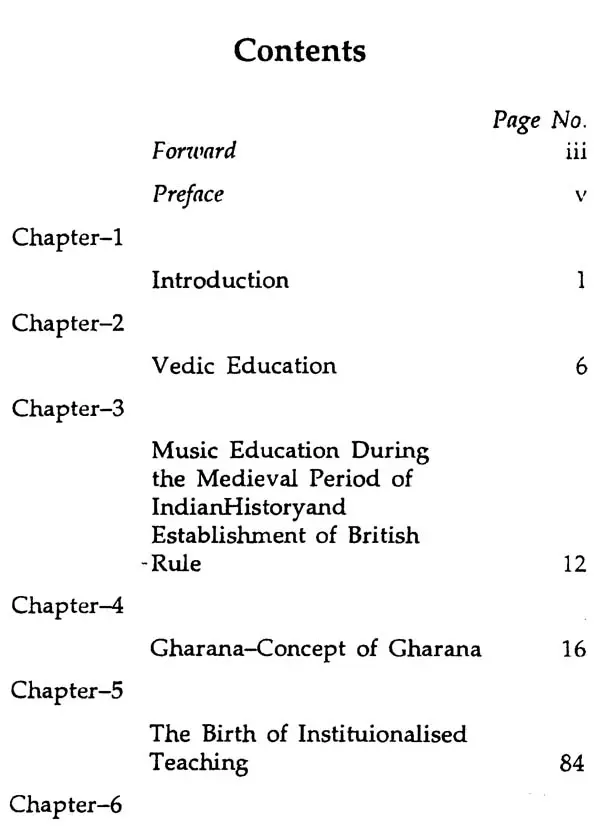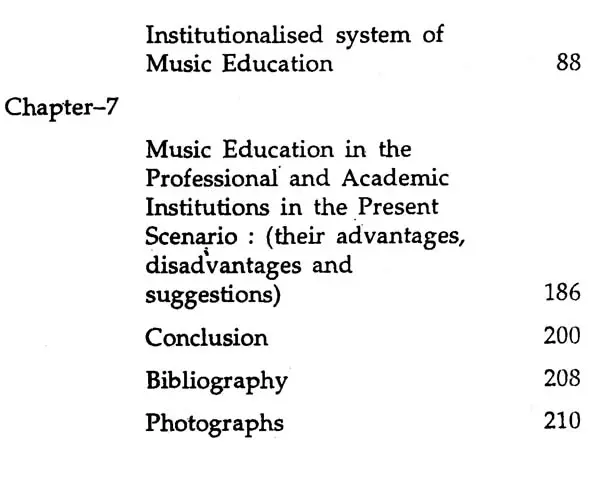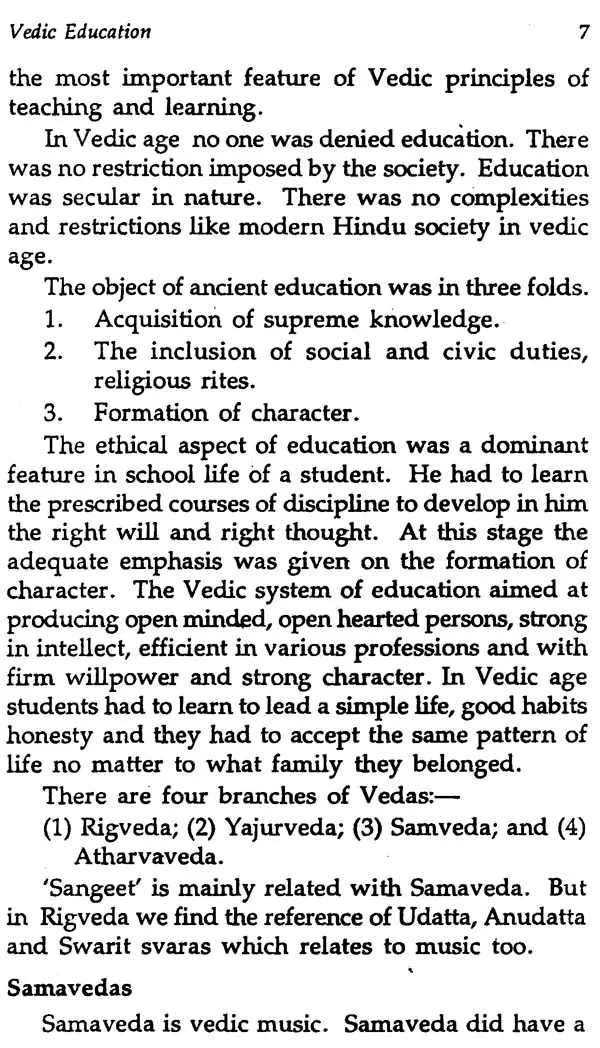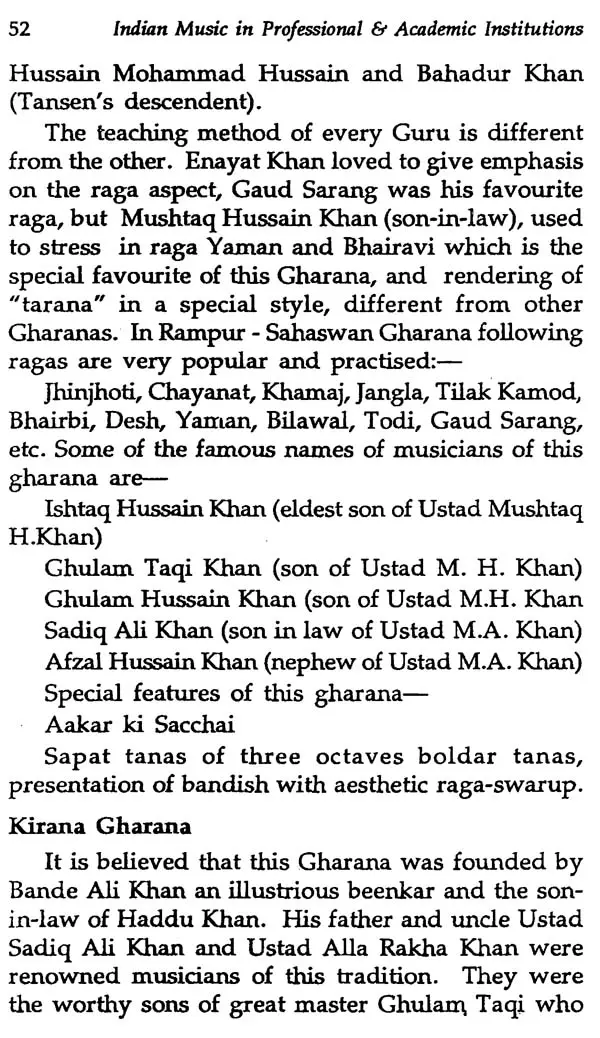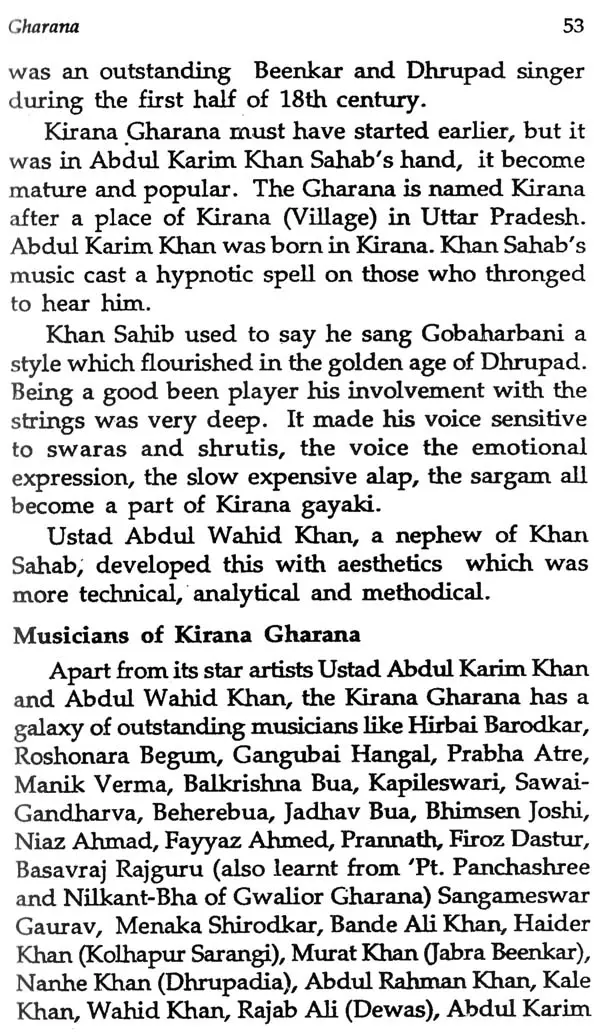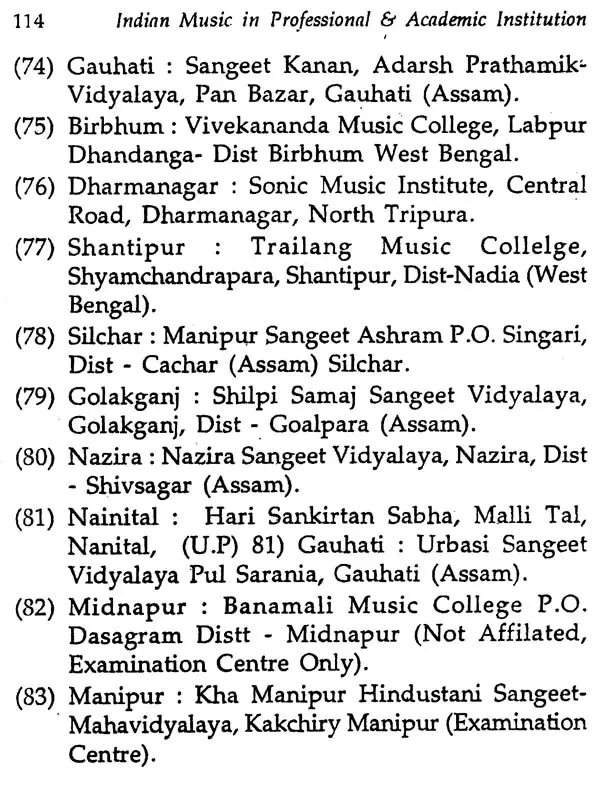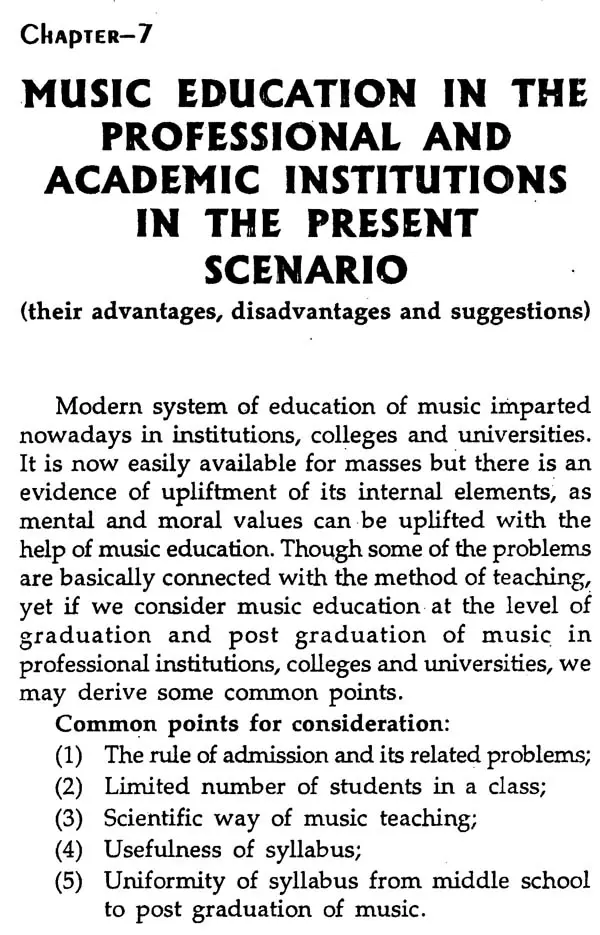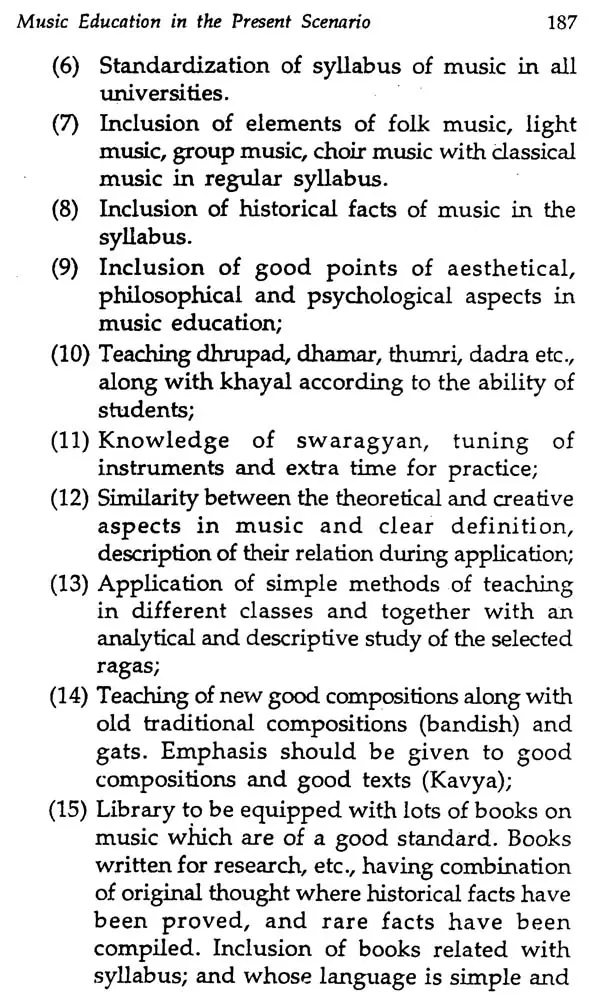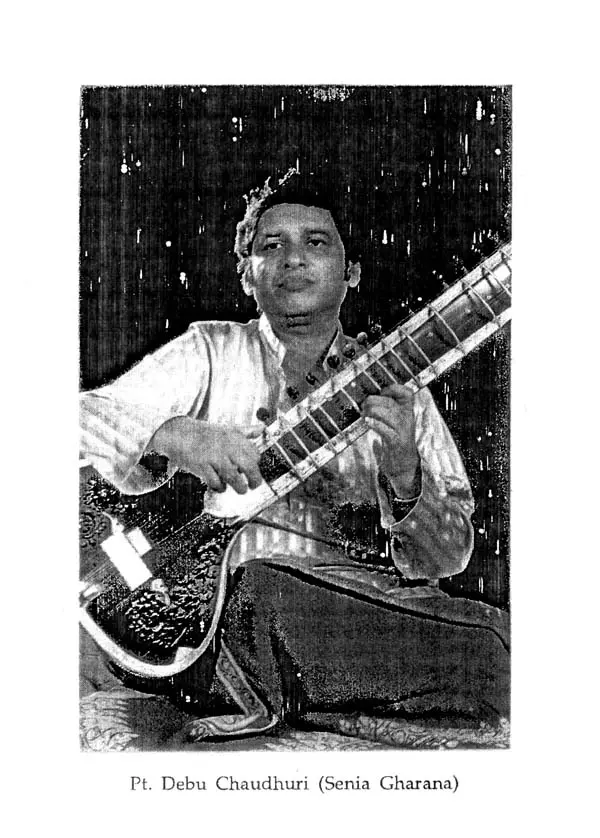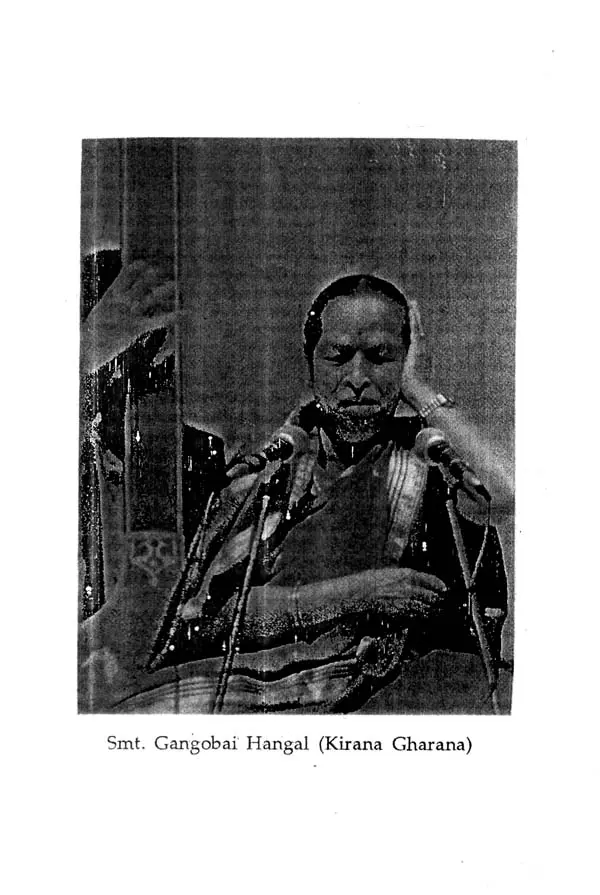
Indian Music: In Professional and Academic Institutions
Book Specification
| Item Code: | UAH848 |
| Author: | Manjusree Chaudhuri |
| Publisher: | Sanjay Prakashan |
| Language: | English |
| Edition: | 2017 |
| ISBN: | 9788174531165 |
| Pages: | 273 (Throughout B/W Illustrations) |
| Cover: | HARDCOVER |
| Other Details | 9.00 X 6.00 inch |
| Weight | 530 gm |
Book Description
In this book the author has not only covered the values of education during the Vedic times but also has taken up the teaching music in the medieval period to the present times but also focused the attention of the present day teaching system in the institutions and its problem. This is an authentic collection of existing institutions in India with special reference to North Indian Music. Although it cannot be denied that the value of GURU SHISHYA PARAMPARA based education system in music is still relevant today as it existed before. Although we have spread the message of music through institutions, we have only succeeded in making them as KANSEN and not TANSEN. It is an attempt of focus how it has become popular through these teaching institutions, but qualitatively it has not helped much but certainly helped to enlarge a number listeners in quantity.
After a gap of few years she again started to work for Ph.D project and at the same time teaching music in Salwan School for girls in New Delhi. Due to her preoccupation with her family and the only child Prateek, she had to give up her job and practicing music. After a gap of few years she, once again, started her research work in the same department under the guidance of Prof. V.K. Aggarwal. Due to her serious illness she could not complete her thesis in time but with her tremendous zeal and determination, she completed her thesis and later on she got her Ph.D award. This book is based on her thesis on teaching Hindustani music in professional and educational institutions in Northern India.
I specially admire Manjusree, who, inspite of her serious illness, not only completed her thesis, but has also succeeded in publishing it. I congratulate her tremendous spirit and hope this work will help the researchers of tomorrow, who would like to know more on our teaching institutions in Indian Music Baroda to Bengal. An interesting aspect of this work, is the inclusion of photographs of many great masters of our music. This is an exhaustive and informative work on Gharanas, teaching institutions, Universities and private schools - a remarkable attempt indeed. After a speedy recovery, I am sure, Manjusree will engage herself in further researches.
Meaning: We worship "Nada-Brahman", that comparable bliss which is immanent in all the creatures as intelligence and is manifest in the phenomenon of this universe. Indeed through the worship of Nada are worshipped gods (like) Brahma, Visnu, and Shiva, since essentially they are one with it.
(Ref- 'Sangeet Ratnakar' (written) chapter one - Pt. Sharangdev Pratham Adhyay (Chapter 1 - Nadasthan).
Music in India thus in essence identified with divinity and Devine beings. In Indian parlance, 'Saraswati' is installed as the goddess of all learning of music and all creative arts.
She is envisaged as holding a 'Veena' a book of knowledge, a 'mala' (); her Vahan (a) is a swan (hans) having the capacity to separate milk .
Meaning: We worship "Nada Brahman" that incomparable bliss which is imminent in all the creatures as intelligence and is manifest in the phenomenon of this universe.
Indeed through the worship of nada are worshipped Gods (like) Brahama, Vishnu and Shiva, since essentially they are one with it.
(Ref: Sangeet Ratnakar chapter one, written by Pt.Sharang Dev ) (Chapter 1 - Naad Sthan).
Book's Contents and Sample Pages

